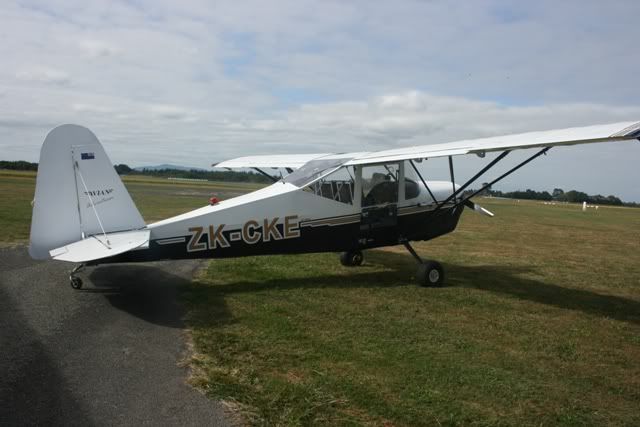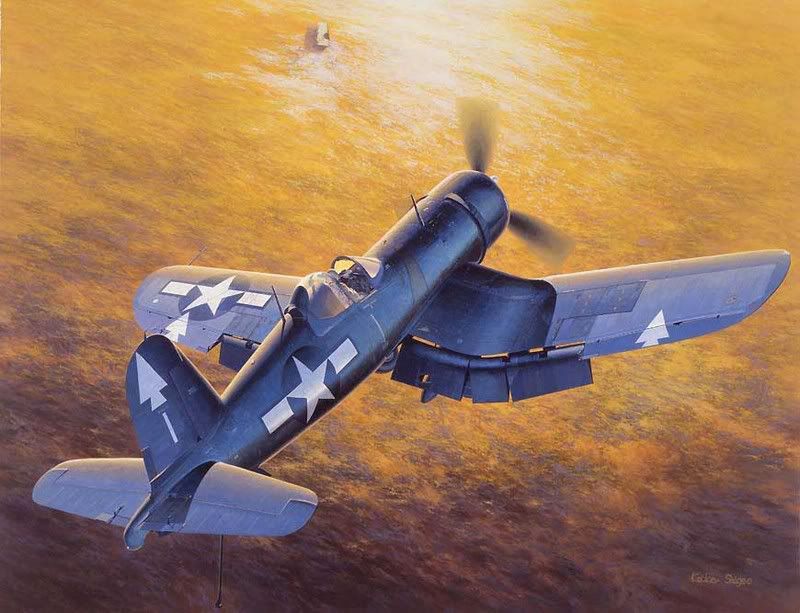Post by Bruce on Aug 10, 2006 21:09:14 GMT 12
Hi guys,
theres been a bit of mention of the release of the report into the in - flight break up of Air Post metroliner ZK-POA near Stratford last year. While the media will most likely make some comment, If you have a spare half hour or so, read the accident report available on the TAIC web site:
www.taic.org.nz/aviation/05-006.pdf
It is very comprehensive, and not too gruesome, but is an insight into how simple errors, perceived pressure to keep to schedule and poor CRM (Crew Resource Managment) can cause major accidents. In this case the aircraft was 15 minutes late for departure as loading took longer than expected. To save time the captain asked the refueller to add the fuel to one tank only, rather than evenly balance it. Some of the fuel would have crossfed on the ground and would have been within limits for takeoff, but in cruise the crew decided to tidy things up for landing, and performed an abnormally exteme sideslip to correct it. The FO expressed some concern, but complied with the captains instructions. Unfortunately this was carried out with the autopilot still connected, using rudder trim to reduce control loads. The sideslip exceded the Autopilots limits, and it disconnected suddenly, the large amounts of rudder trim pushed the aircraft into a spiral dive. The crew did not respond to this dive correctly, leaving power on for too long, not removing rudder trim and using insufficient rudder inputs. The aircraft exceeded its max manouvering speed and in the course of the attempted recovery actions the wings broke off.
It is a typical multiple factor accident, and the report may be of interest.
theres been a bit of mention of the release of the report into the in - flight break up of Air Post metroliner ZK-POA near Stratford last year. While the media will most likely make some comment, If you have a spare half hour or so, read the accident report available on the TAIC web site:
www.taic.org.nz/aviation/05-006.pdf
It is very comprehensive, and not too gruesome, but is an insight into how simple errors, perceived pressure to keep to schedule and poor CRM (Crew Resource Managment) can cause major accidents. In this case the aircraft was 15 minutes late for departure as loading took longer than expected. To save time the captain asked the refueller to add the fuel to one tank only, rather than evenly balance it. Some of the fuel would have crossfed on the ground and would have been within limits for takeoff, but in cruise the crew decided to tidy things up for landing, and performed an abnormally exteme sideslip to correct it. The FO expressed some concern, but complied with the captains instructions. Unfortunately this was carried out with the autopilot still connected, using rudder trim to reduce control loads. The sideslip exceded the Autopilots limits, and it disconnected suddenly, the large amounts of rudder trim pushed the aircraft into a spiral dive. The crew did not respond to this dive correctly, leaving power on for too long, not removing rudder trim and using insufficient rudder inputs. The aircraft exceeded its max manouvering speed and in the course of the attempted recovery actions the wings broke off.
It is a typical multiple factor accident, and the report may be of interest.







